In our second installment of our three blog post series focused on answering important questions concerning what human appropriate foods we will address the second question, “what is my body designed to eat?” This question is equally as interesting (and complicated) as the one we tackled last week, “What foods are ‘made’ for us humans to eat?”
The Only Food our Body is Designed to Eat
I believe that the only food our human body is perfectly designed to consume is our mother’s milk, and that is only for a very short time of our lives – when we were infants. Our digestive tract, enzyme production, and nutritional and emotional needs are all in line with drinking our mother’s milk as infants. As we (and most other mammals) are weaned from our mothers we begin to lose the ability to create the enzymes necessary to safely and effectively digest dairy.

Two things are important to understand about lactose intolerance:
- Lactose intolerance is not just a human thing – it is a mammal thing
- Lactose intolerance in humans is not weird, it is actually quite normal.
History of Dairy Consumption
In fact, what is weird is that thousands of years ago some of our ancestors in select areas of Europe and Africa where there was a strong reliance on dairy in the diet developed independent genetic mutations that allowed for lactose persistence into adulthood. Or, in other words, they continued to produce lactase well after they were weaned so they could safely consume lactose for their entire lives. Sixty percent of adult humans worldwide are lactose intolerant. So, does this mean the bodies of most adult humans are not designed to consume dairy? Yes. Does that automatically mean that we cannot include dairy as a component of a healthy human diet? Hang tight – we will address that shortly.
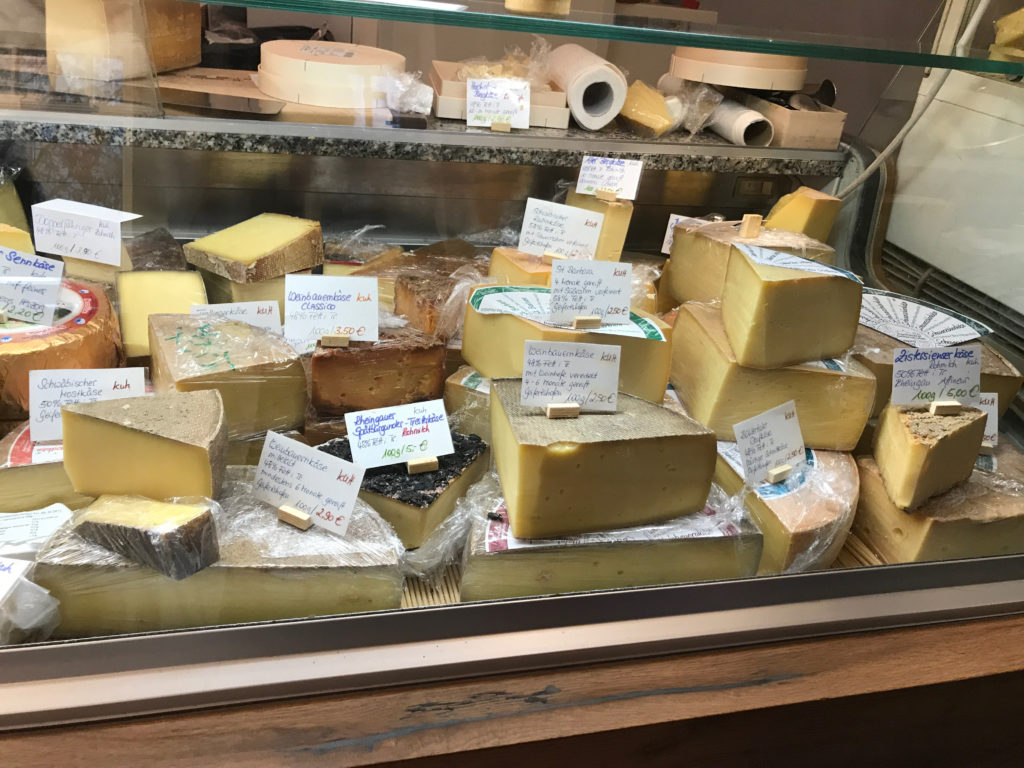
What about other foods?
What other foods are our digestive tracts designed to safely and efficiently consume? Well, to answer that we need to go way back – prior to any technological development that can aid in the detoxification or pre digestion of our foods before we eat them.
So, the question is what did we eat when we relied solely on our body’s capability to digest our food? The answer to that is a limited amount of low-toxic, hyper local, hyper seasonal fruits, vegetables and a whole lot of bugs!
This was a very limited diet with limited nutritional density, bioavailability, and variability. It worked for our ancestors that had limited nutritional requirements due to their small body and brain size. All of this food, every bit of it, was collected, processed, digested and assimilated using their bodies. Our ancestors were severely limited to relying solely on their eyesight, muscles, and fingers to collect food; their teeth to physically break down food; their stomachs to chemically digest food; and, their small intestines to absorb the nutrients from the food. Their dietary breadth was severely restricted and nutrient density limited.
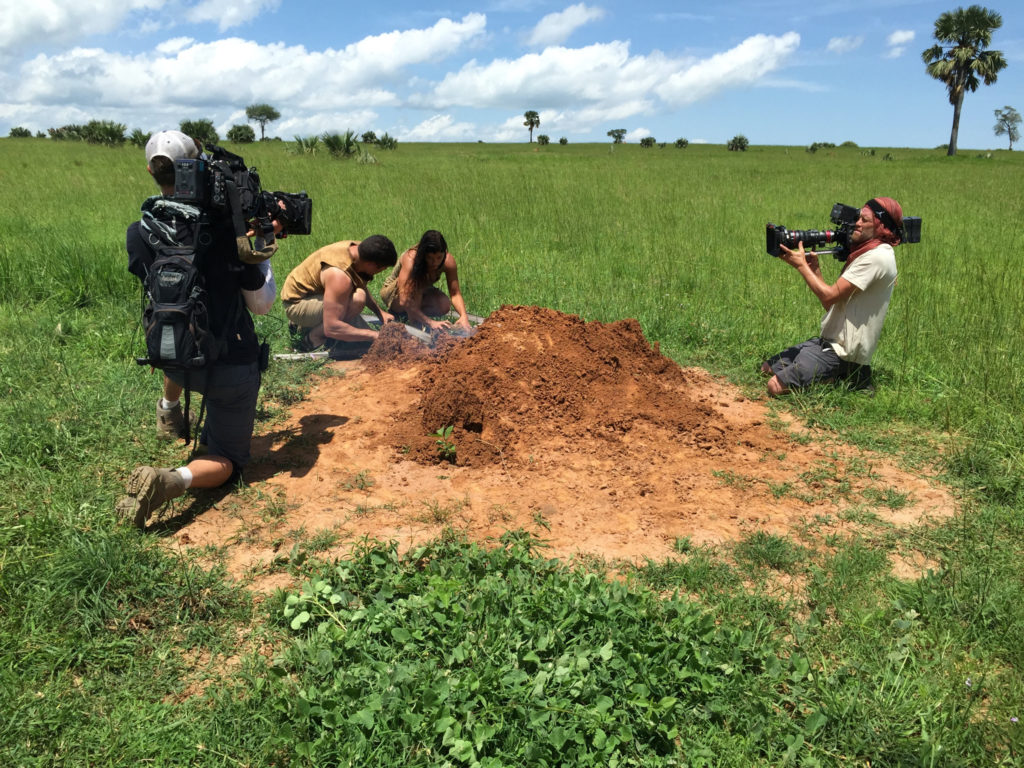
How technology changed it all
Then, beginning about 3.5 million years ago everything changed. The development of technologies allowed our ancestors to overcome their physical limitations and interact with the outside world in entirely new, and enhanced ways! These technological advancements began with stone tools and continued to include control of fire to cook, creation of hunting, trapping and fishing technologies to bring animals down at will and become apex predators, and a host of technologies designed to detoxify plants and make them more bioavailable including fermenting, soaking, sprouting, nixtamalizing, and leaching.
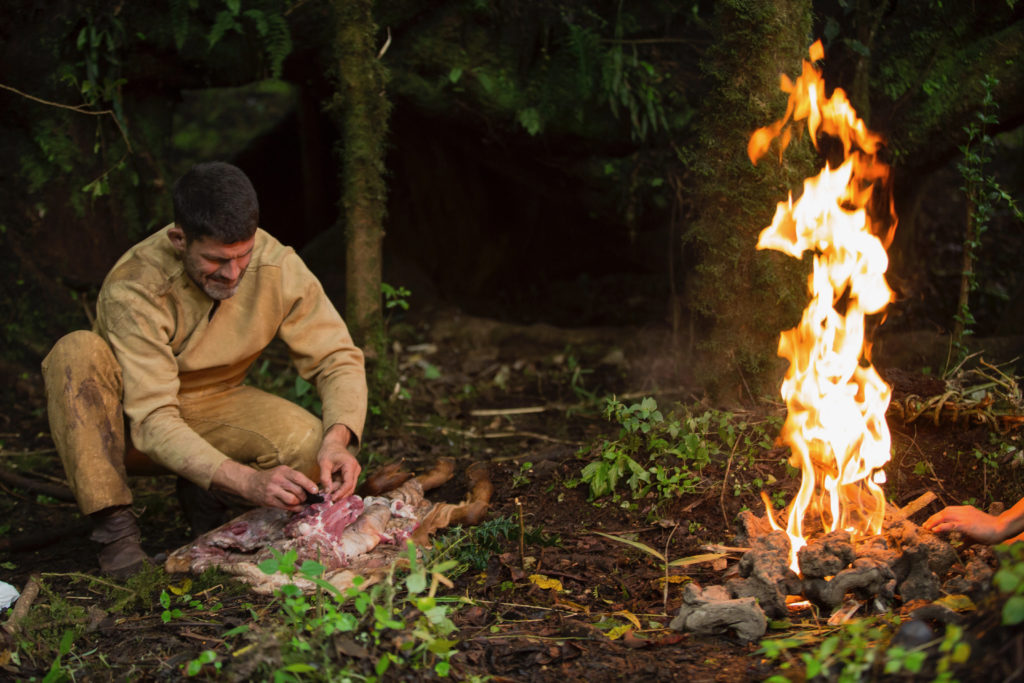
As a result of these new technologies our ancestors could extract increasingly diverse and nutrient dense resources from their environments, detoxify them, predigest them, and even increase their nutrient density all before any food even touched their lips! Technology played such a crucial role in our ancestral dietary past that the influx of safe, nutrient dense and bioavailable food supported massive body and brain growth while our teeth and guts simultaneously shrank in proportion.
How does this relate to me in 2022?
So, what does all of this mean with regards to answering the question, “What is my body designed to eat?” Well, it means that question no longer pertains to humans. In fact, it started to become irrelevant as early as 3.5 million years ago. We humans have relied on technology to overcome our physical limitations to obtain, detoxify, and predigest our foods and not just our digestive tracts since the creation of the first stone tool technologies and have become increasingly reliant on technologies over millions of years as we built our nutrient needy bodies and brains. Now we are trapped in bodies that require more nutrition than our weak muscles, small teeth, and inefficient guts can provide and therefore cannot “naturally” nourish ourselves with technological assistance.
We are not designed to eat most of the foods that we consume, but require the nutrition these foods provide. Crazy, huh?
What can you do about it?
This is exactly what it means to Eat Like a Human! We recognize the paradox between the human body’s physical limitations and massive nutritional requirements and implement technologies like fermentation (vegetables, dairy, grains, and even meat), nose-to-tail butchering and cooking, soaking and sprouting nuts, seeds, legumes and grains, and nixtamalizing maize.
This is what we research and teach at the Eastern Shore Food Lab and implement at the Modern Stone Age Kitchen to nourish the community. For more information check out our websites or, even better, come visit us in person!
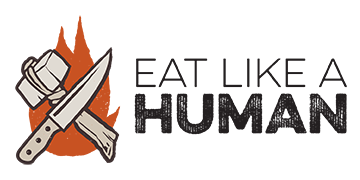
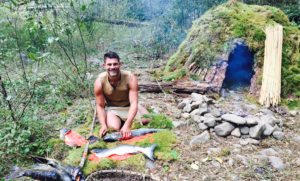
 Is Cow’s Milk Meant for Baby Cows?
Is Cow’s Milk Meant for Baby Cows?
Hi. I was wondering about rice. I read your book and I didn’t see any mention of it. Rice is pretty big here in the Bay area where I live in California. How do people traditionally eat rice in a digestible way? Thank you so much!
That’s actually part of our current research so stay tuned!